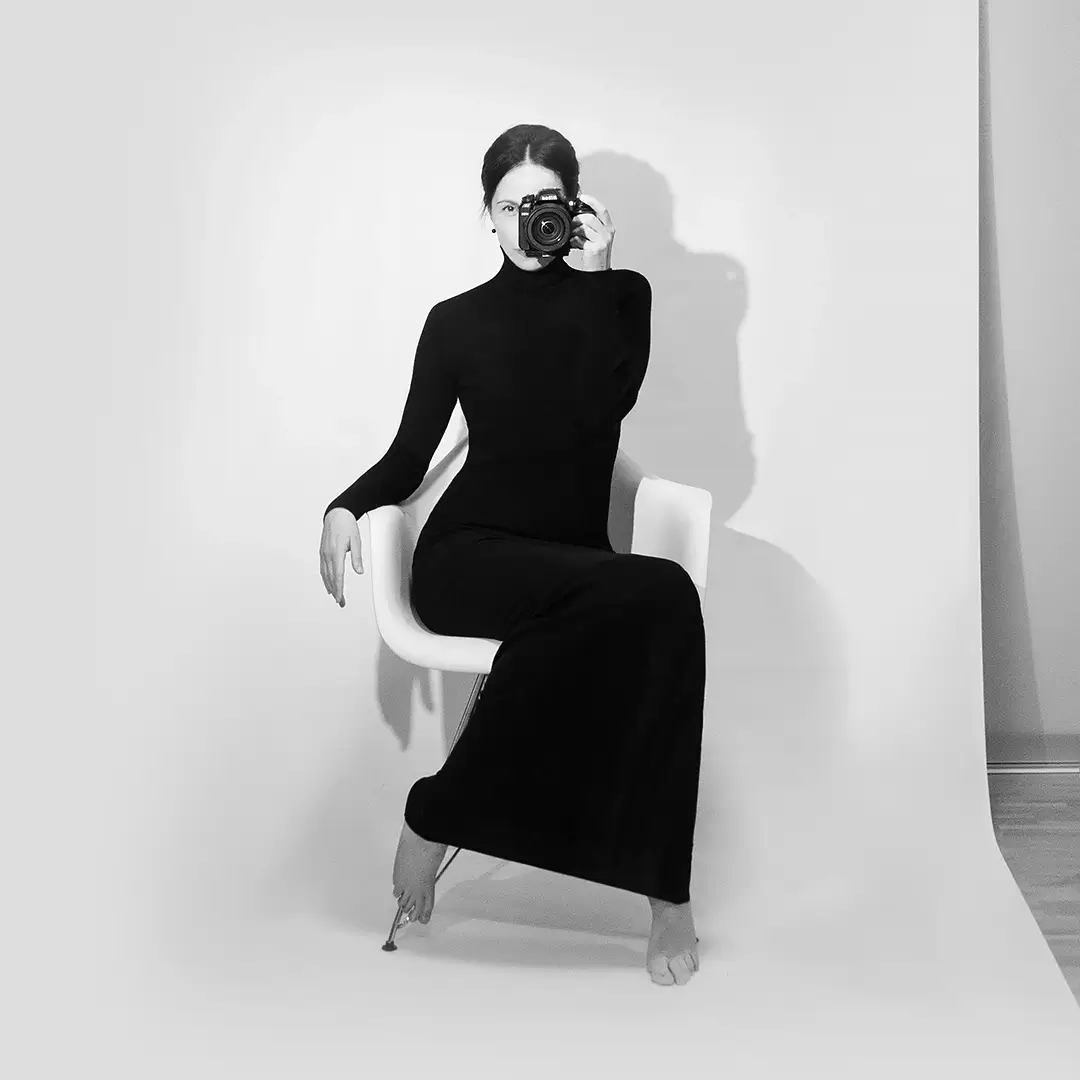Eva is a freelance illustrator and photographer based in Czechia. She was born and grew up in the mountainous region in Northern Slovakia and after earning her degree in philosophy, she went on to establish a career as a freelance graphic designer and illustrator specializing in children´s literature.
Eva has been intimately connected with photography since 2016. Her body of work falls under the genre of fine art portrait and minimalist landscape photography. A minimalist approach, the absence of colors, the emphasis on space and texture connected with a sometimes near blank canvas provide Eva the necessary means to visually express herself creatively. “As a photographer, I seek beauty in basic geometric lines and shapes, which are bound in harmony with the elusive variability and diversity of natural, organic forms. Photography, for me, is a means of capturing a distilled version of reality. It serves as a tool to seek out and unveil purified connections, free from the noise of superficial information and stimuli that inundate our senses and experiences. Through the lens, I strive to isolate and reveal the essential elements that might otherwise go unnoticed in the chaos of everyday life. Each image crafted is a deliberate act of reducing distractions, allowing viewers to immerse themselves in the simplicity and harmony of the moment.“
Eva´s conceptual portrait/self-portrait photography is closely intertwined with her profession as an illustrator. Through the use of techniques such as line work, drawing or collage, she is able to infuse her portraits with surreal and symbolic elements, blurring the lines between reality and imaginary. The main theme of Eva´s portrait photography is a figure or face reduced in expression, and it serves as an initial frame, against which a fleeting moment of consciousness takes place in hints.
As a photographer, Eva finds herself drawn to creating series rather than single images. A series provides her with the opportunity to develop her concepts and articulate her aesthetic visions across a sequence of complementary images. By developing a series, Eva weaves together a visual theme that transcends the limitations of a single photograph, allowing to express her photographic intention in a more nuanced way.
Eva has received numerous international awards and her work has been featured in various magazines. In 2022, Eva was awarded the grand prize – the ´Grand Prix Gold Star Award´ – for the series ´Leaving´ in the prestigious international ND Photography Awards for which Eva received the title ND Discovery of the Year 2022.
